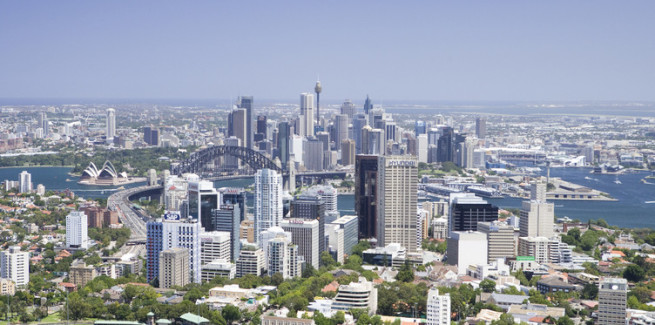Standard & Poor Global Ratings (S&P), which has also affirmed Australia’s AAA credit rating, has forecast the general government deficits will narrow, while the budget is expected to be held up by steady revenue growth, strong commodity prices and expenditure restraint.
“The government’s swift and decisive fiscal and health response to contain the pandemic and limit long-term economic scarring has seen the economy recover quicker and stronger than we previously expected,” S&P said in the assessment.
The agency has made the change, despite the budget outlining a 10-year fiscal deficit going forward.
“To be honest, that’s nothing new. The government’s been in deficit since 2008. So, we are 15 years into the deficit,” Anthony Walker, director of sovereign and international public finance ratings at S&P, said.
“What we have said is that we think that the government’s fiscal forecasts are very conservative… We are expecting greater revenue growth than they are actually expecting in their forecast.”
Mr Walker noted that Treasury has outperformed its forecasts every year, since 2016, when S&P believes it began to calculate more conservatively.
S&P has also moved to upgrade its outlooks on each of the big four banks and Macquarie, Export Finance Australia and the National Housing Finance and Investment Corp, to stable from negative.
However, the agency’s outlooks for Westpac’s New Zealand business and Kiwi life insurance arm have remained negative, citing potential for reduced backing from Westpac as the bank considers a demerger.
Meanwhile, the other big four bank’s Kiwi arms scored upgrades, following their parents.
The big four are expected to see its credit losses return to their pre-COVID levels over the next two years, leaving earnings to remain sound despite low interest rates.
But S&P has warned that low rates and limited supply of housing, in combination with rebounding and climbing migration levels, could result in a resurgence of house prices and debt, which would exacerbate risks for the banks.
“From a banking perspective, consider about two-thirds of the bank’s exposures are in residential property. And these exposures are leveraged if house prices fall rapidly and if the unemployment rate rises, so that could have a big impact on customers of the banks and their services,” Nico de Lange, director of financial institutions ratings at S&P, said.
According to S&P’s analysis, there is a one in three chance that Aussie banks will face reduced industry risks over the next two years.
Find out more about the economic trends and factors impacting the property market at the Better Business Summit 2021. Places are limited, so make sure you secure your place at the five-state event asap!
 ;
;
